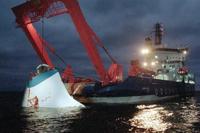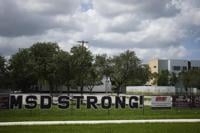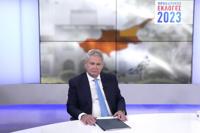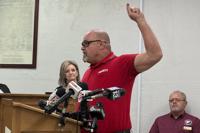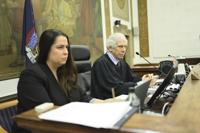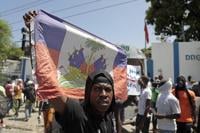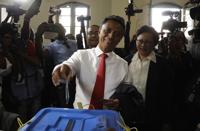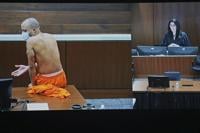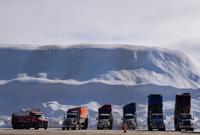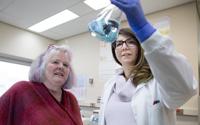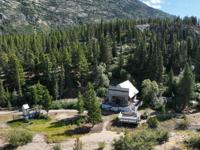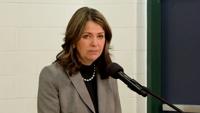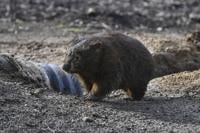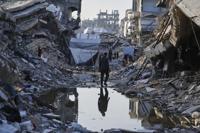SEDAVI, Spain (AP) — Francisco Murgui went out to try to salvage his motorbike when the water started to rise.
He never came back.
One week after catastrophic , María Murgui still holds out hope that her missing father is alive.
“He was like many people in town who went out to get their car or motorbike to safety,” the 27-year-old told The Associated Press. “The flash flood caught him outside, and he had to cling to a tree in order to escape drowning. He called us to tell us he was fine, that we shouldn’t worry.”
But when María set out into the streets of Sedaví to try to rescue him from the , he was nowhere to be found.
“He held up until 1 in the morning,” she said. “By 2, I went outside with a neighbor and a rope to try to locate him. But we couldn’t find him. And since then, we haven’t heard anything about him.”
Spanish authorities issued their first tally of the missing on Tuesday when a Valencia court said that 89 people are confirmed to be unaccounted for.
The number only corresponds to the eastern Valencia region, where 211 of the 217 confirmed deaths took place when entire communities were swamped by tsunami-like floods on Oct. 29-30. Most people were caught off guard by the deluge. Regional authorities have been for having issued alerts to mobile phones some two hours after the disaster had started.
The Superior Court of Valencia said that the figure was based on those cases whereby families had provided information and biological samples of their unlocated loved ones. It added that there could easily be more missing people whose families have not officially reported to authorities.
The court said that 133 of the dead had been identified using fingerprints or DNA samples. Another 62 bodies remained unidentified.
Spanish state broadcaster RTVE has shown a steady stream of appeals by people searching for family members.
María Murgui herself has posted a missing person’s message on social media with a photo of her father, a 57-year-old retiree.
“This is like riding a rollercoaster. Sometimes I feel very bad and sometimes I feel better. I try to stay positive,” she said. “This truly is madness. We don’t know what else to do. Neither does anybody else in town.”
Central government passes relief package
Meanwhile, the gargantuan recovery efforts in Sedaví and dozens of other communities slowly moved forward.
The central government on Tuesday approved a 10.6-billion-euro ($11.6-billion) relief package for 78 communities where at least one person has died from the floods. Prime Minister Pedro Sánchez compared it to the measures taken during the COVID-19 pandemic.
The package includes direct payments of 20,000 euros to 60,000 euros ($21,800-65,000) to owners of damaged homes, and financial aid for businesses and municipal governments.
“We have a lot of work left to do, and we know it,” Sánchez said.
Sánchez said he will ask the European Union to help pay for the relief, saying “it is time for the European Union to help.”
Many people are still without basic goods amid scenes of devastation
The floods have left behind .
In town after town, streets and mounds of ruined belongings, clumps of rotting vegetation and wrecked vehicles. A stench arises from the muck.
In many places, people still face shortages of basic goods, and lines form at impromptu emergency kitchens and stands handing out food. Water is running again but authorities say it is not fit for drinking.
The ground floors of thousands of homes have been ruined. It is feared that inside some of the vehicles that were washed away or trapped in underground garages there could be bodies waiting to be recovered.
Thousands of soldiers are working with firefighters and police reinforcements in the immense emergency response. Officers and troops are searching in destroyed homes, and in the countless cars strewn across highways and streets or lodged in the mud in canals and gorges.
Authorities are worried about other health problems in the aftermath of the deadliest natural disaster in Spain's recent history. They have urged people to get tetanus shots, to treat any wounds to prevent infections and to clean the mud from their skin. Many people wear face masks.
are helping out, but frustration over the crisis management boiled over on Sunday when a crowd in hard-hit Paiporta , Sánchez and regional officials. It was their first visit to the epicenter of the flood damage.
___
Wilson reported from Barcelona, Spain.












